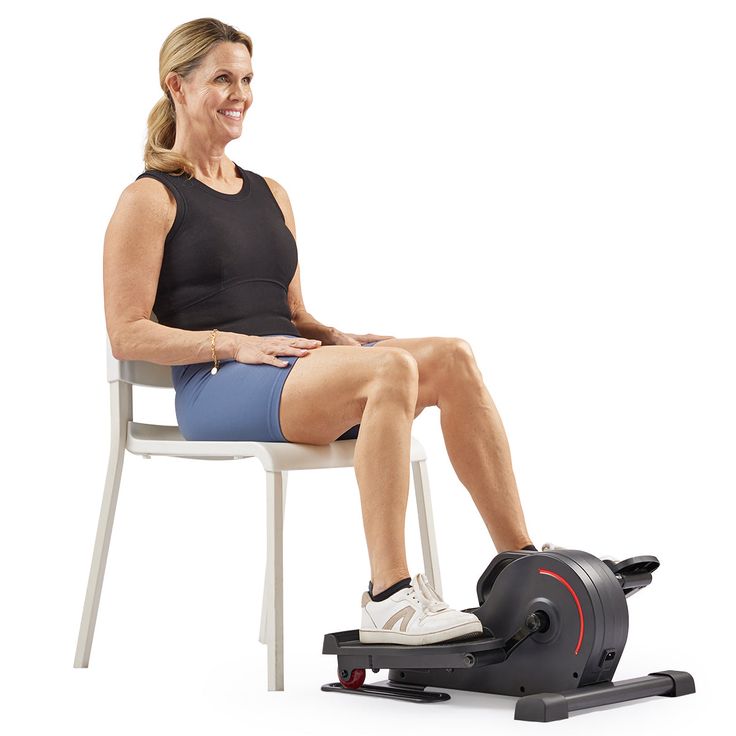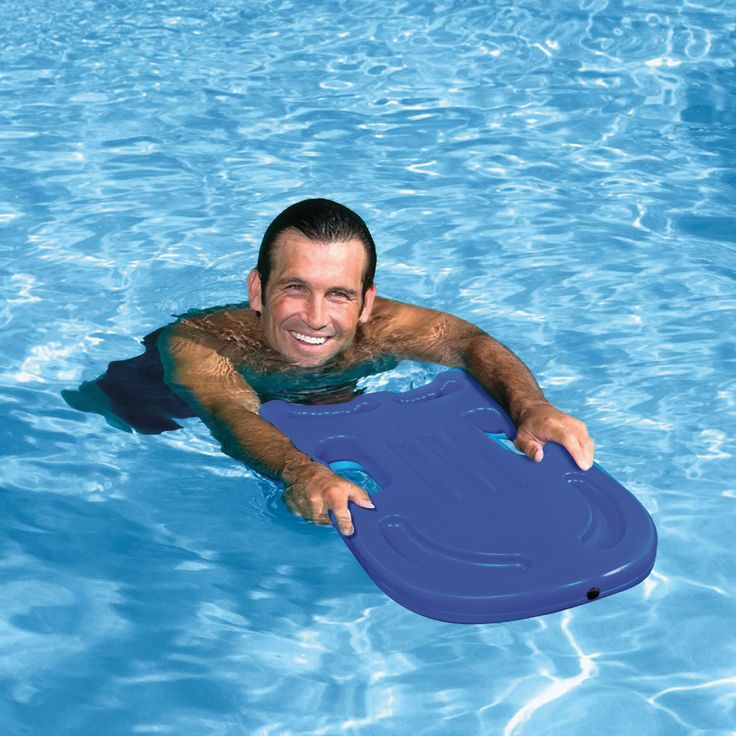Introduction to Low Impact Aerobic Exercise
When we talk about exercise for fitness and joint health, low impact aerobic exercise often comes to mind. This form of exercise is gentle on the joints, making it a great option for those with joint concerns or who are new to working out. It involves movements that minimize strain and impact on the body while still providing a heart-pumping, calorie-burning workout.
Low impact doesn’t mean low intensity. You can still get a vigorous workout that boosts your heart rate and improves your overall fitness. Activities like walking, swimming, and cycling are all excellent examples of low impact aerobic exercises. These exercises allow you to move your body without the harsh impacts associated with high-intensity workouts like running or jumping.
Embarking on a low impact aerobic routine can be incredibly beneficial for maintaining or improving cardiovascular health, strengthening muscles, and sustaining joint mobility. Plus, these types of exercises can be modified to accommodate any fitness level. Whether you’re recovering from an injury, managing a chronic condition, or simply looking for a workout that’s kinder to your body, low impact aerobics may be the perfect choice for you.

The Science of Low Impact Exercise and Joint Health
Engaging in low impact aerobic exercise can bring immense benefits to joint health. These activities are designed to reduce the strain and pounding that higher-impact exercises impose on the body’s joints. Key to understanding its benefits is the science behind how these exercises operate.
When we perform low impact activities like walking or swimming, our joints experience less stress. This is crucial for those with joint pain or arthritis. The movements involved enhance blood circulation to these vital areas. Better circulation means more nutrients reach the joints, aiding in repair and maintenance.
Regular low impact exercise also helps maintain cartilage health. Cartilage is the tissue that cushions joints. Without proper movement, cartilage can become weak and deteriorate. Low impact exercises ensure this tissue stays strong and pliable.
Furthermore, these types of exercises promote the strengthening of the muscles surrounding the joints. Strong muscles support and protect the joints. This leads to improved stability and can lower the risk of injury.
Lastly, low impact aerobic activities elevate endorphin production. Endorphins are the body’s natural painkillers. They can reduce the perception of pain and foster a sense of well-being, which can be particularly beneficial for individuals suffering from chronic joint discomfort.
Top Benefits of Incorporating Low Impact Aerobics
Low impact aerobic exercises offer a wealth of advantages for overall health and joint well-being. Let’s explore some top benefits that underscore the importance of integrating these activities into your fitness regime.
Reduces Injury Risk
Engaging in low impact activities means less stress on your joints. This can lead to a reduced risk of injury, especially for those with existing joint concerns or for beginners.
Enhances Cardiovascular Health
Regular low impact workouts can boost heart health. They elevate your heart rate and enhance blood flow, benefiting your cardiovascular system.
Aids Joint Mobility and Health
These exercises improve joint motion without harsh impacts. They can help maintain healthy cartilage, essential for joint flexibility and function.
Strengthens Muscles
Low impact aerobics work to strengthen muscles that support your joints. Strong muscles contribute to better posture and stability.
Fosters Weight Management
By burning calories, these exercises assist in maintaining optimal weight. Lower weight can reduce pressure on your joints, easing discomfort.
Increases Endorphins
Such activities raise endorphin levels, your natural painkillers. They can diminish pain perception and boost mood, a boon for mental health.
Versatile and Accessible
Many low impact exercises require minimal or no equipment. They are simple to start and can fit into various lifestyles and fitness levels.
Lowers Blood Pressure and Diabetes Risk
These workouts can help regulate blood sugar and lower blood pressure. Over time, this can reduce your risk of chronic diseases.
Integrating low impact aerobic exercise into your routine comes with numerous benefits, not only for your joints but for your overall health. These benefits show why low impact aerobics are an essential part of any fitness plan, from improving joint mobility to enhancing mood and mental well-being.
Best Low Impact Aerobic Exercises to Try
Incorporating low impact aerobic exercises into your routine can do wonders for joint health. Here are some of the best activities to consider.
Walking and Hiking
These are gentle on the joints and can be as simple or challenging as you need. Grab a pair of good shoes and explore the outdoors or stride on a treadmill.
Swimming and Water Aerobics
Water supports your body and reduces stress on joints. Whether you swim laps or join a water aerobics class, this exercise is effective and fun.
Elliptical Trainer Workouts
Elliptical machines offer a smooth motion that’s easy on the knees. They also provide a full-body workout, boosting heart rate and muscle tone.
Stationary Cycling
Cycling on a stationary bike is low impact and great for building leg strength. You can adjust the resistance to match your fitness level.
Rowing
Rowing is a total body workout that’s low impact. It strengthens muscles and improves cardiovascular health without jarring your joints.
Low Impact Cardio Classes
Classes like yoga, Pilates, and Zumba are low impact yet high energy. They can improve flexibility and boost your mood.
Choose one or mix them up to keep your routine fresh and engaging. Each exercise is kind to your joints while helping you stay fit and active.
Crafting Your Own Low Impact Aerobic Routine
Creating a low impact aerobic routine is straightforward and rewarding. Here’s how to start.
Identify Your Goals
Before you begin, pinpoint what you want to achieve. It could be improved joint health, weight loss, or better endurance. Your goals will guide the exercises you select.
Choose Your Exercises
Refer to the exercises mentioned earlier, like walking or stationary cycling. Pick ones that match your goals and enjoyment.
Start Small
Begin with short sessions and gradually increase time and intensity. Starting with just 10 minutes a day is okay.
Plan Your Schedule
Decide how many days you can work out. Three to five times a week is a common goal.
Include Warm-Ups and Cool-Downs
Always begin with light stretching or a warm-up walk. End with a cool-down to prevent stiffness.
Listen to Your Body
If something hurts, stop. Choose a different exercise that feels better on your joints.
Be Consistent
Regular exercise is key for joint health. Try not to skip sessions.
Track Your Progress
Keep a log of your workouts to see improvements over time. This can motivate you to keep going.
By following these steps, you’ll craft a low impact routine that’s enjoyable and beneficial for your joints and overall health.
Tips to Enhance Your Aerobic Experience
Getting the most out of your low impact aerobic exercise routine is important for long-term success. Here are some tips to enhance your experience and ensure your workouts are both enjoyable and effective.
Choose Comfortable Attire
Wear clothes that breathe and move with you. Good shoes are critical, especially for walking and hiking.
Set Realistic Goals
Start with manageable goals and increase them as you improve. This keeps you motivated and avoids burnout.
Monitor Intensity with a Heart Rate Tracker
Use a heart rate monitor to stay in your target zone. This ensures a good workout without overdoing it.
Mix Up Your Routine
Keep things fresh by mixing different exercises. Try swimming one day, then cycling the next. Variety can prevent boredom.
Incorporate Intervals
Intervals can boost endurance and burn calories. Alternate fast-paced exercises with slower movements or rest periods.
Use Proper Form
Good form is key to prevent injury. If unsure about a movement, ask a trainer or look it up.
Find a Workout Buddy
Exercising with a friend can make workouts more enjoyable. It can also keep you accountable.
Set a Regular Schedule
A consistent workout schedule helps form habits. Choose times that fit your daily life.
Reward Your Progress
Set milestones and celebrate when you hit them. Rewards can be a powerful motivator.
Listen to Music or Podcasts
Listening to something enjoyable can distract from fatigue. This can make your workout feel easier.
Following these tips can greatly enhance your aerobic workout experience. Comfortable attire, realistic goal-setting, and varying your routine are key ingredients to a successful and sustainable low impact aerobic program. Keep at it, and watch your joint health and overall wellness improve.
Understanding the Role of Diet and Hydration
Proper diet and hydration are vital for enhancing low impact aerobic exercise and joint health. Consuming nutrient-rich foods fuels your body, supports muscle recovery, and helps maintain healthy joints. Hydration keeps your tissues flexible and aids in bodily functions during exercise.
Optimal Nutrition for Joint Health
Foods high in omega-3 fatty acids, like salmon and walnuts, can reduce inflammation. Calcium-rich foods, such as dairy products or leafy greens, strengthen bones. Fruits and vegetables loaded with antioxidants protect joint tissues from damage.
Importance of Hydration
Your body needs water to function correctly, especially during exercise. Water lubricates your joints and regulates your body temperature. Aim to drink before, during, and after workouts to stay hydrated.
Balanced Meals and Exercise
Combine protein, carbohydrates, and healthy fats in each meal. This balance provides steady energy and aids muscle repair. Time your meals correctly; eat 1-2 hours before exercising for energy and within an hour after for recovery.
Listening to Your Body’s Signals
Take note of hunger and thirst cues. These signals can guide you on when to eat and drink. Ignoring them might lead to decreased performance or joint discomfort.
Supplements and Joint Health
Consider supplements if your diet lacks specific nutrients. Glucosamine and chondroitin supplements are popular for joint health. Always talk to a doctor before starting any supplements.
By understanding the role of diet and hydration, you can support your low impact aerobic routine. Proper nutrition and hydration aid performance and recovery, contributing to better joint health and overall well-being.
Conclusion: Sustaining a Healthy Lifestyle with Low Impact Aerobics
A healthy life often ties to regular low impact aerobic exercise. It suits many fitness levels and is gentle on joints. These routines boost heart health and joint function. They also aid in weight control and improve mood. To keep up a low impact exercise routine, pick activities you enjoy. Make sure they fit into your weekly schedule. Switch things up occasionally to keep your routine fresh. It’s vital to wear the right clothes and shoes. Track your progress to stay motivated. Don’t forget to eat well and stay hydrated. Aim for a balanced diet to support your exercise. Remember, consistency is key in low impact aerobics for a healthy lifestyle.

